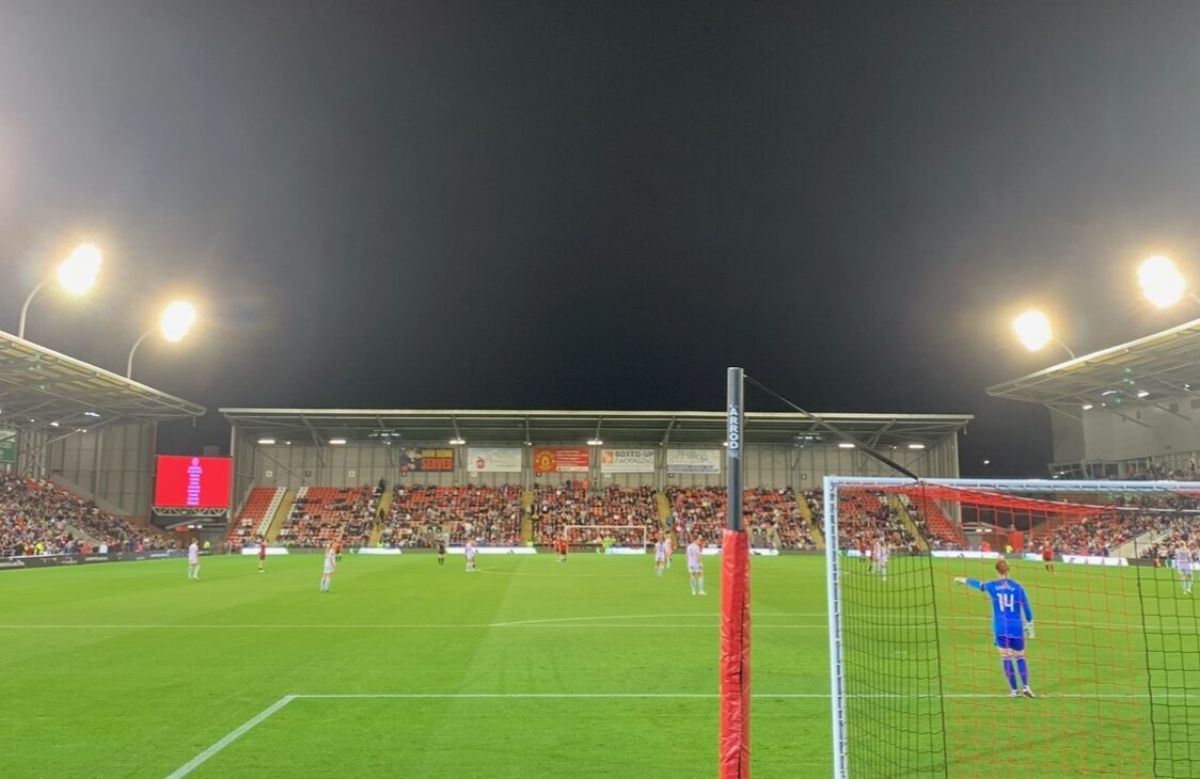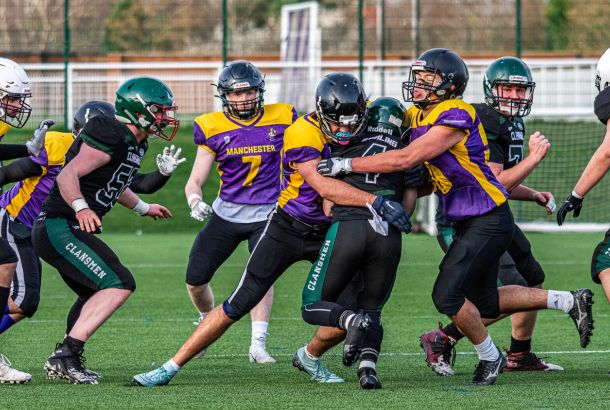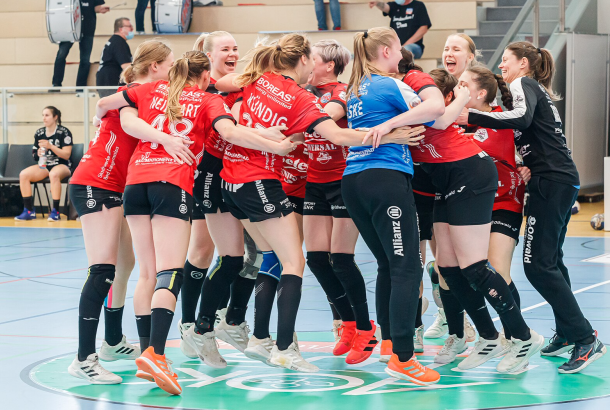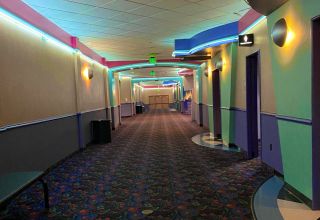Why are women’s footballers in the WSL still confined to tiny stadiums?

More than 8,300 women’s football supporters turned up on Friday the 6th of October to watch Arsenal play Manchester United at the latter’s Leigh Sports Village, a record breaking attendance for the ground. Yet, for those of us who travelled to Leigh from the city centre – over an hour drive – there was a lingering feeling of anticlimax. How many more might have turned up if Manchester United women’s team had played at Old Trafford?
It remains the fact that after matches such as Arsenal’s clash with Liverpool at the Emirates this year (drawing a crowd of 54,115), 8,000 does not feel record breaking for matches such as these but expected. Why then is the average attendance of the WSL only just hitting the FA Women’s Big Game Plan goal of 6000 supporters per league game if many games have attracted tens of thousands of fans?
While the answer is multifaceted, the women’s football stadiums are clearly a huge factor, constricting rather than accommodating WSL crowds. This is a league wide problem, caused both by their small capacities and by the travelling distances for the home fans.
Leigh Sports Village, for example, is located 23.5 kilometres away from the men’s home at Old Trafford and 67 kilometres away from the city centre. Arsenal Women also play in a modest stadium, Borehamwood, over 20 kilometres away from the Emirates in north London. This forces home fans to travel further, eroding accessibility which is so crucial to the growth of any fanbase.
The physical distance from the cultural hub of each club – a combination between the geographic home town or city and the established men’s stadium – creates a subtle detachment of the women’s football teams to their clubs and supporters as a unit. This goes against the nationwide aims of the FA in their attempt to grow the fanbases of the WSL.
The capacities of the women’s football bases are also now becoming physically constricting as the average capacity is a mere 9,168, even including the larger King Power Stadium which Leicester City have committed to sharing between their men’s and women’s side. This is a move that more WSL clubs would benefit from following (yet could be seen as essential for Leicester whose women’s ground is a huge 49.7 kilometres away from the men’s stadium).
They are, but slowly. Last year’s women’s Manchester derby saw a crowd of 44,259 at the Etihad and both derbies this year are set to play at the respective men’s stadiums. This allows the momentum from the recent Women’s World Cup to be conserved and capitalised upon, by giving women’s football league games the opportunity to house larger crowds.

For newer fans, perhaps introduced to the game by the recent World Cup, the accessibility of the stadium is a huge factor as being recent supporters, they might not feel incentivised to travel close to two hours to watch their local team. Even for those who have been following the women’s game for years, there is something uniquely special about attending a league match at one of the men’s stadiums and recognising how many more have turned up than a similar fixture even just a couple of years before.
Hopefully, therefore, the frequency of WSL matches being played at larger capacity stadiums can be increased over the next couple of years, in order to capitalise on and accommodate the exponential growth of the women’s game. With still a long way to go, the game has come on such a great journey, it would be encouraging for fans all over the country to see that being reflected when they go to women’s football games.







